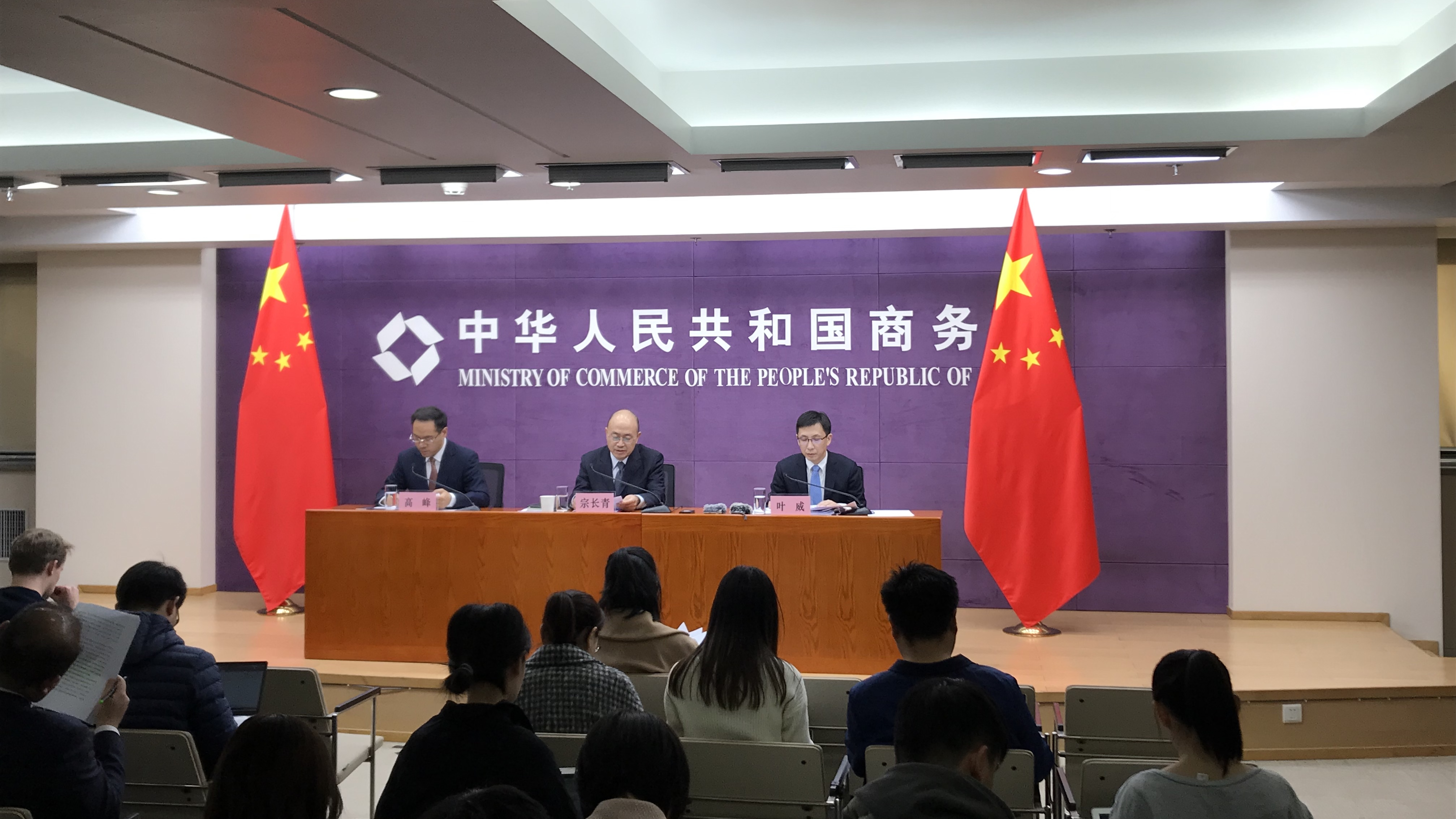01:51

Foreign direct investment (FDI) into the Chinese mainland rose 6.6 percent from a year earlier to 752.41 billion yuan (about 107 billion U.S. dollars) in the first ten months of this year, the Chinese Ministry of Commerce (MOFCOM) said Monday.
In U.S. dollar terms, the FDI inflow stood at 110.78 billion U.S. dollars during the period, 2.9 percent year-on-year.
FDI in October alone reached 69.2 billion yuan, up 7.4 percent year-on-year, according to MOFCOM.
Overseas investment in high-tech industries surged 39.5 percent year-on-year to 222.48 billion yuan, accounting for 29.6 percent of the total FDI.
The MOFCOM said they were hard-fought results, especially in the face of slow global economic growth. The ministry believes the nation's foreign investment remains steady in both figures and quality, stressing that China will continue opening up its market to attract more foreign investors.

The Foreign Investment Administration of MOFCOM briefs media on the nation's foreign investment situation from January to October./ CGTN Photo
The Foreign Investment Administration of MOFCOM briefs media on the nation's foreign investment situation from January to October./ CGTN Photo
"This shows foreign investors' confidence and good expectations in their investments in China, despite a lagging global investment environment this year," said Zong Changqing, director of Foreign Investment Administration of MOFCOM, adding, "We have also received over 1,300 big projects worth more than 50 million U.S. dollars each, which is a 5.4 percent growth year-on-year.”
The director said that while investment in manufacturing dimmed, hi-tech industries have seen a nearly-40-percent increase, especially in its service sectors with a 70-percent surge. With a combo of policies that have been implemented or coming out soon, Beijing has shown measures to further encourage foreign investment in the Chinese market.
"We are using the introduction of the Foreign Investment Law as an opportunity to push forward the system of protection, encouragement and management of foreign investment. That way China can promote development of an open economy to a higher level," said Ye Wei, deputy director of the administration.
The law, which protects the interests of companies both domestic and overseas in equal manner, has been approved in March and will go into effect in 2020. Besides that, the ministry also rolled out a document by the Chinese State Council, known as Document No.23, which contains dozens of measures to help enterprises and local governments adapt to the law and other favorable policies.
Despite global challenges, the ministry said it is confident about the nation's overall performance in attracting and using foreign investment this year. It stressed that China will further open up and ensure foreign investors' legal interests.

During the January to October period, the Yangtze River Delta, as well as pilot free trade zones, saw a marked increase in FDI inflows. Inflows to Yangtze River Delta rose eight percent from a year earlier to 368.3 billion yuan, accounting for 49 percent of the total FDI. While pilot free trade zones saw 108.39 billion yuan inflows, increasing 23.9 percent year-on-year and accounting for 14.4 percent of the total.
The eastern, central and western China saw a steady increase in FDI inflows in the first ten months, with the growth rate hitting 6.8, six and 5.2 percent, respectively.
Moreover, FDI from the countries along the Belt and Road and ASEAN grew by 19.3 percent and 22.1 percent, respectively.
Overseas investment from China's Hong Kong Special Administrative Region, Macao Special Administrative Region, Singapore, and the Republic of Korea expanded 10.5, 56.2, 31.7 and 23.9 percent in the first ten months, respectively.
(CGTN's Sun Tianyuan also contributed to the story.)